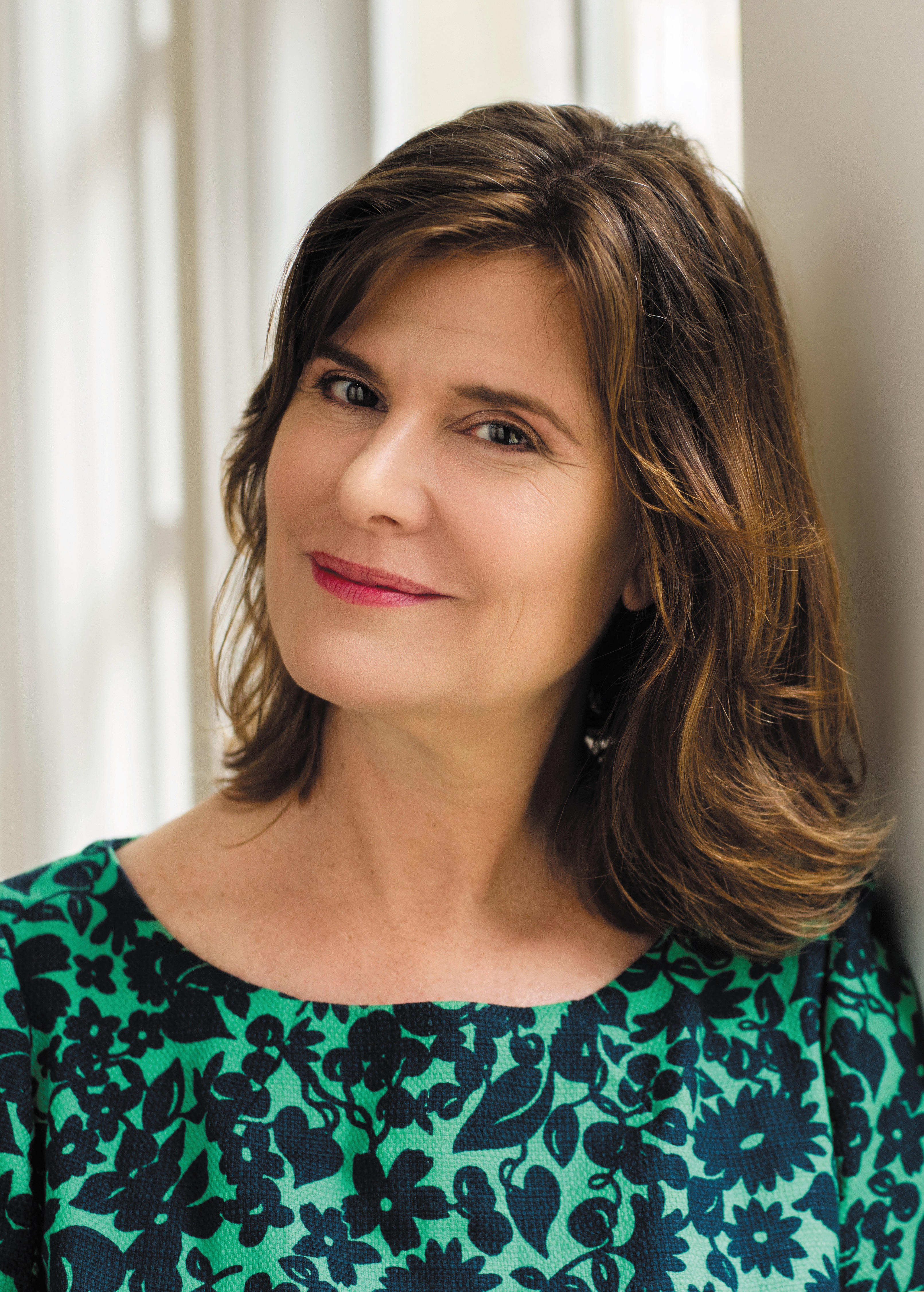Though it’s not yet possible to wholly explain the effects of energy medicine through the lens of science—the healing relationship contains intangible elements that will always remain mysterious—it is clear to me that the practice obeys the laws of physics in significant ways. Practically speaking, we are all connected through our electromagnetic fields, be it of our whole bodies or those of our brains or our hearts, but I believe—as the work of Dr. Gary Schwartz, the HeartMath Institute, and the PEAR lab also suggest—that we are able to affect one another with our energy fields.
We are, in this way, creating a communal movement that, as the Global Consciousness Project is seeking to measure, ebbs and flows on a tide of collective emotion. Like Einstein’s “spooky actions at a distance,” we are connected in ways that can be glimpsed, and even partially explained, through science. The mystery remains largely in the universal energy field—what Chinese philosophy calls the Tao and quantum physics calls the zero point field—which I believe is intelligent.
This larger energy field is interacting with us at all times; we are in a kind of conversation with it. It has a degree of governance over our lives, but we can also influence it with our thoughts and actions. Recent scientific research is offering a glimpse of a phenomenon religious people have taken on faith, that there is an unseen force that we experience, and can be altered by, whether we are conscious of it or not.
Resonant Breathing
Research suggests that healers adapt their physiology in order to heal. In my case, as Dr. Lagos discovered, the frequencies of my brain and heart begin to resonate. Further research has shown that patients then mirror the healer and as their frequencies align a resonant bond is created. This bond seems to be the optimal connection for the transfer of energetic information.
The first stage of this process is to practice a breathing technique that encourages internal resonance. Here is the exercise Dr. Lagos gives her patients. It’s simple but effective.
The optimal breathing rate to create the most heart rate variability is five breaths per minute. This means that each inhale and exhale lasts six seconds.
Practice breathing in gently for a count of six and then breathing out smoothly, also for a count of six. Don’t force it. The goal here is to balance your sympathetic nervous system—the one responsible for your fight-or-flight response—with your parasympathetic nervous system, which slows your heart rate down.
For the same reason, I recommend that you don’t count aloud or use a visual cue (such as an app) to keep track of your breaths, as it could mildly activate your sympathetic nervous system.

Follow us here and subscribe here for all the latest news on how you can keep Thriving.
Stay up to date or catch-up on all our podcasts with Arianna Huffington here.


